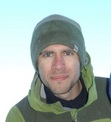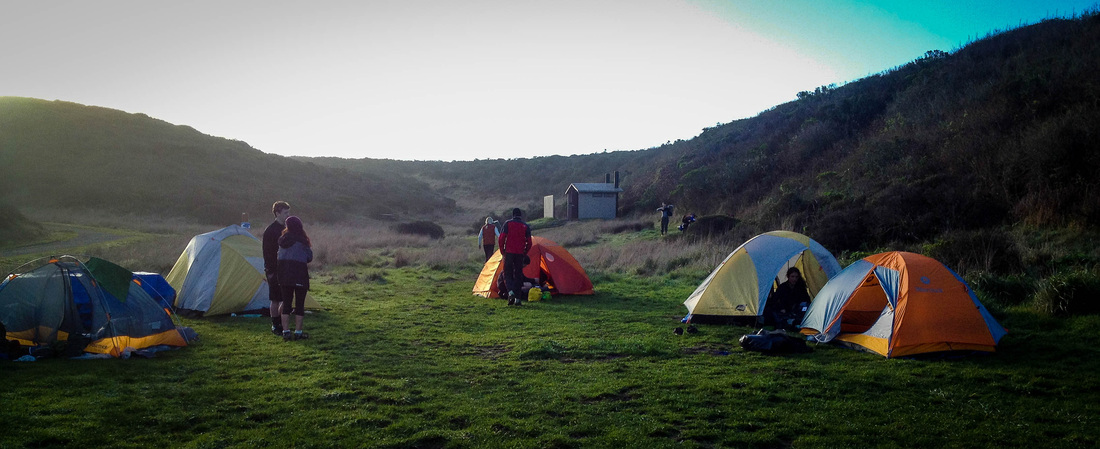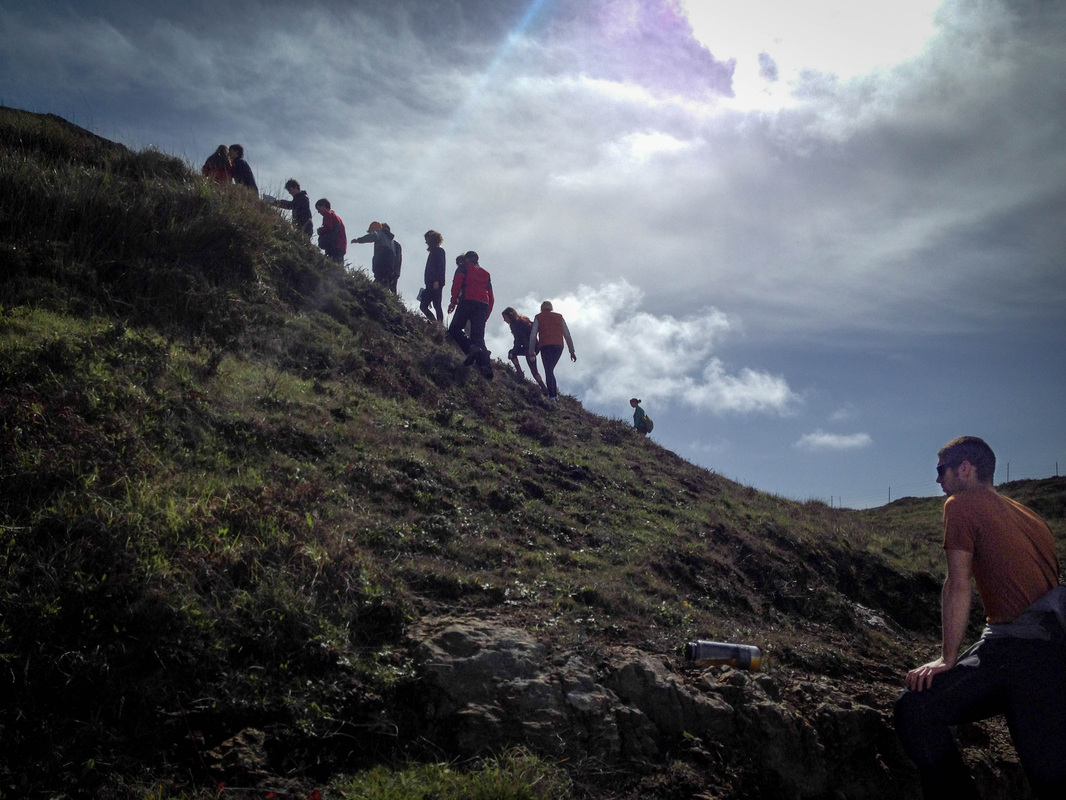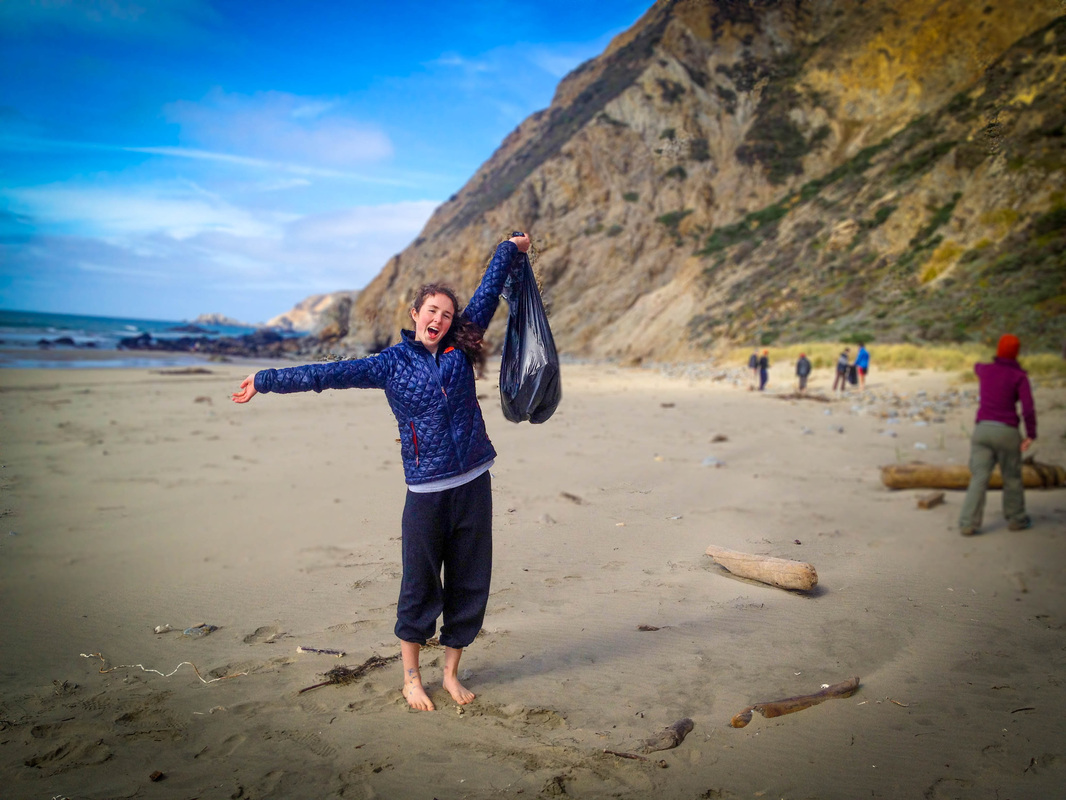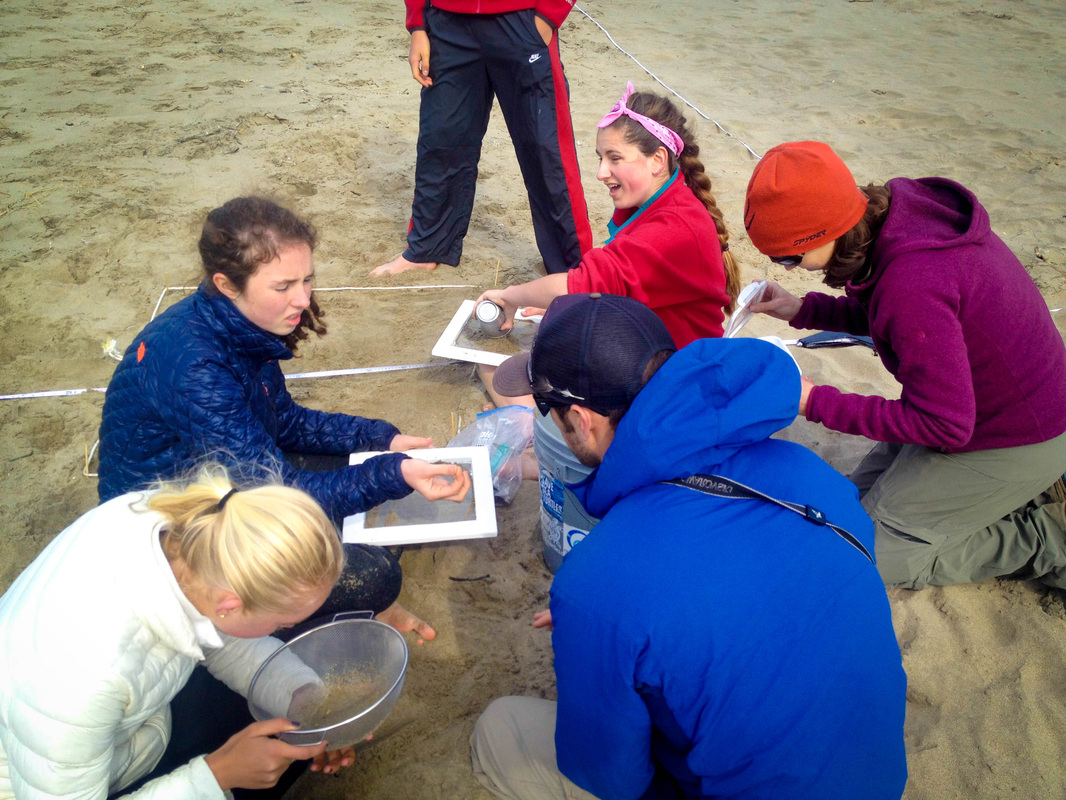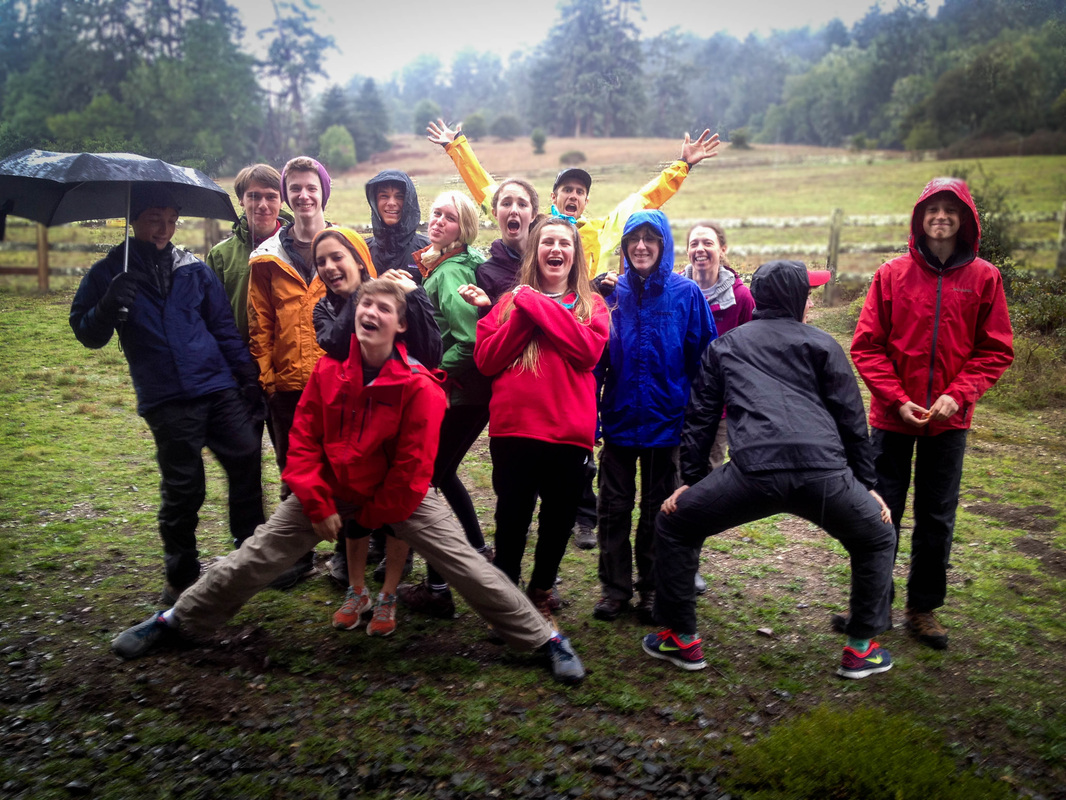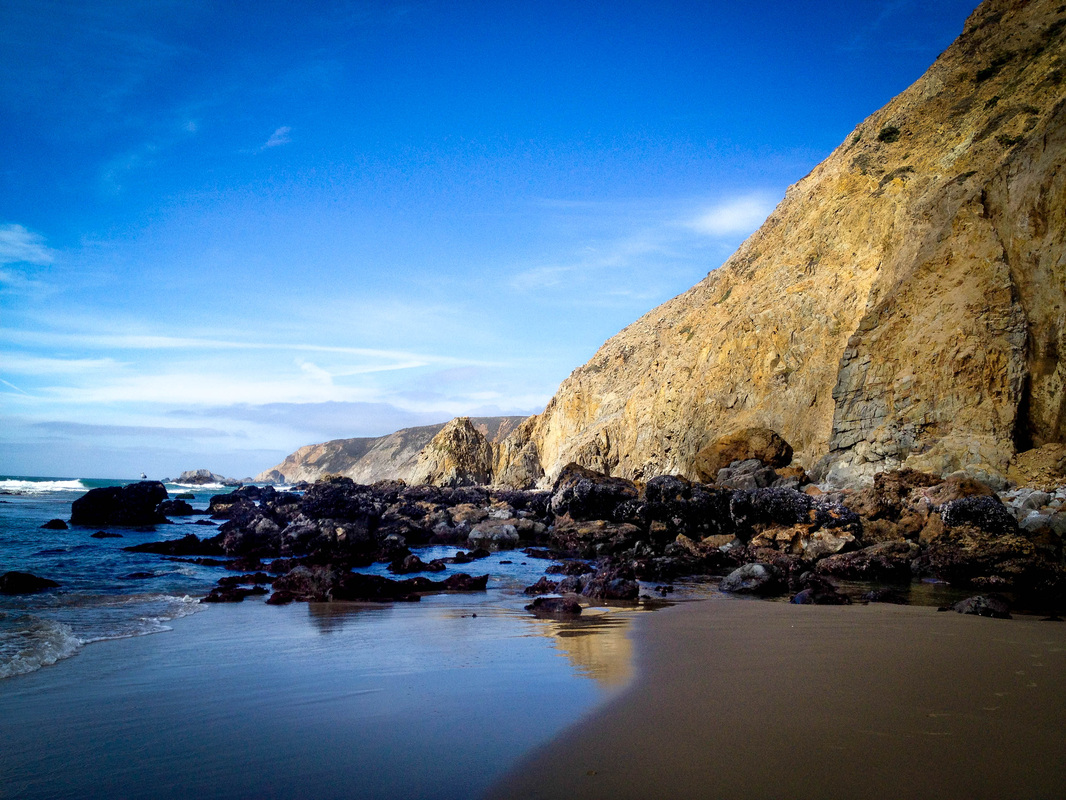Andy Traylor, a fisheries biologist for the US Army Corps of Engineers, is an ASC naturalist guide. He grew up in the Willamette valley of Oregon spending his free time exploring the local mountains and rivers. Andy has a degree in Envrionmental Science from Oregon State University and worked as a guide with OSU’s Adventure Leadership Institute. Andrew enjoys almost all outdoor activities but primarily focuses on climbing, and his personal travels have taken him around the United States and into Canada and Mexico. Andy is also a volunteer for ASC’s Pacific marten survey and he hopes to continue to bring the worlds of science and adventure together in as many ways as possible.
From Andy:
I recently had the pleasure of joining a fantastic group of high school freshmen from Marin Academy on a week-long, science-intensive minicourse at Point Reyes National Seashore. Located in San Rafael, California, Marin Academy presents their students with several options for minicourses, with the focus on immersing the students in an educational activity at a level that isn’t possible during the regular school year. Our trip coupled exploring and learning about various components of Point Reyes, with hands-on data collection in collaboration with different scientists both locally and globally.
With citizen science projects being a integral part of ASC’s mission, we facilitated the hands-on, dirty, cold, and wet (sometimes VERY wet) aspects of data collection. By providing opportunities to actively participate in doing science, these students built a connection with the landscape and system of Point Reyes that is much deeper than most visitors to the area.
As a guide, I can say that this trip was some of the most fun I’ve ever had “working”. Not only were the locations and activities beautiful and enjoyable, but the students were fantastic to work with. It was a pleasure to assist and instruct an audience as engaged and motivated as these kids.
There are far too many highlights to include here, but there are several that stick out as particularly memorable. Kayaking in Tomales bay to collect samples for the microplastics project and discussing the ecosystem-wide impacts of microplastics, couldn’t have been more perfectly illustrated then by watching an osprey actively feeding on fish from the bay.
On the final two days of the trip, the group embarked on a two-day backpacking trip which happened to coincide with the biggest rainstorm event of the year in California. It was rewarding to watch the students push their boundaries and comfort levels during those two days, and I was impressed with their optimism and willingness to persevere. Hiking out under blue skies and sunshine, with Tule elk grazing on the hillsides and songbirds serenading us was surreal and a consummate conclusion to a superb trip.
Keep up with ASC by subscribing to ASC’s blog, liking us on Facebook and following us on Twitter (@AdventurScience), Instagram (@AdventureScience) and Google+.

